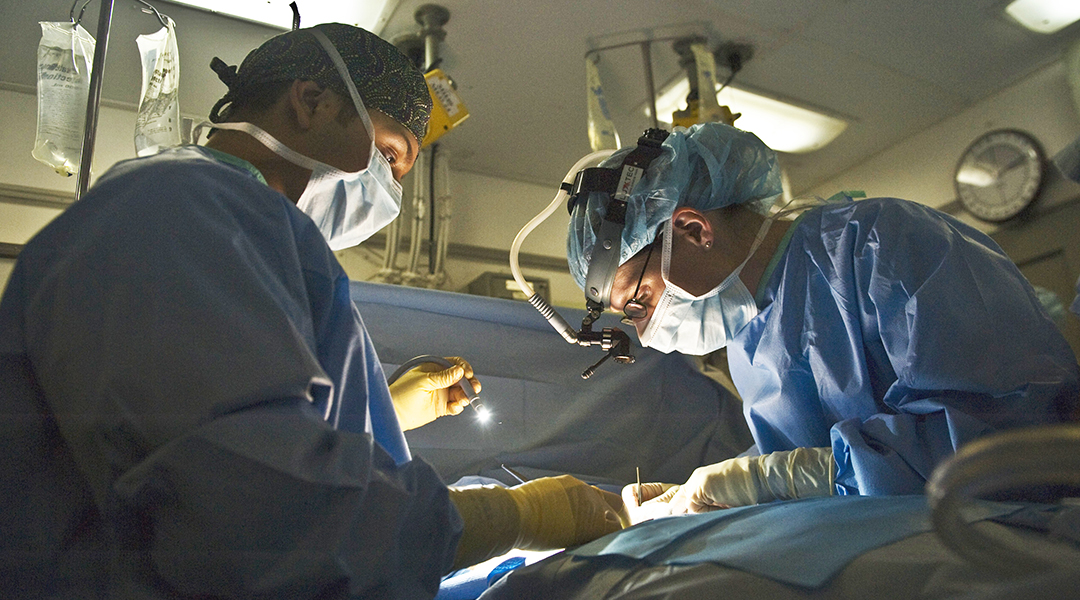Image credit: David Mark from Pixabay
A normal part of wound healing, scar tissue formation is a major cause of post-operative complications. After 95% of all surgeries, fibrous networks of scar tissue — called adhesions — form between organs and other tissues, binding them together. In the case of abdominal surgery, peritoneal adhesions can lead to a number of complications, including small bowel obstruction and severe pain, and often require further surgeries to release them.
To prevent the formation of peritoneal adhesions, a team of researchers from Stanford University, led by Professor Joseph Woo and Assistant Professor Eric Appel, developed dynamic polymer-nanoparticle hydrogels that can be sprayed onto the peritoneal wall or other tissues during surgery. They report in Advanced Therapeutics that their biocompatible hydrogel formulations effectively inhibited the development of adhesions between tissues.

Using a rodent surgical model, the researchers show that their hydrogel system is more than twice as effective in reducing the formation and severity of peritoneal adhesions than Seprafilm®, an adhesion barrier currently used in operating rooms.
“Our hydrogel system is formed by mixing biopolymers with biodegradable nanoparticles. The strong yet dynamic interactions between the polymers and nanoparticles, which act as a sort of molecular Velcro, create a crosslinked hydrogel network,” says Appel.
Beyond being a physical blocker, the mechanical properties of these dynamic hydrogels are a hybrid between liquid and solid material. This quality allows for simple handing and natural tissue movement during recovery without compromising barrier function.
Considerable research efforts have been made to find solutions to post-operative adhesions. Unlike physical barrier products, the polymer-nanoparticle hydrogel can be sprayed on, making it much easier to administer in the operating theater, and it sticks to the tissues to stay in place for up to two weeks post-surgery.
“Commercially available adhesion barrier systems come in the form of solid polymer films or fabrics,” Appel says. “Unfortunately, the standard adhesion barrier products are difficult to use and are very poorly effective at preventing adhesions because they often become dislodged from the application site when the patient moves around.”
Another advantage is that the polymer-nanoparticle hydrogels are easy to manufacture and remain stable in storage, says Appel.
This hydrogel platform is highly tuneable and dynamic, and the authors believe that they could be applicable to a broad range of surgical indications.
Reference: Lyndsay M. Stapleton, et al. Dynamic Hydrogels for Prevention of Post-Operative Peritoneal Adhesions, Advanced Therapeutics (2021). DOI: 10.1002/adhm.202001169

















